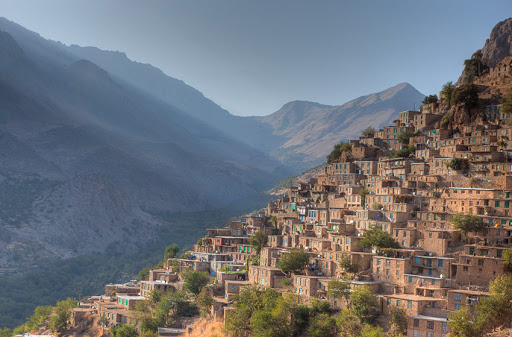Music for Solo Performer is a composition from the american composer of experimental music Alvin Lucier.
Mr. Lucier was a music professor at Wesleyan University in Middletown, Connecticut and also a member of the influential Sonic Arts Union (a collective of experimental musicians).
His works explore acoustic phenomena and auditory perception and is influenced by science and explores the physical properties of sound itself: resonance of spaces, phase interference between closely tuned pitches, and the transmission of sound through physical media.
He is mostly know for the piece “I am sitting in a Room” from 1969, in which he plays with the resonence of different rooms.
But the proper beginning of his compositional career is defined by his 1965 composition Music for Solo Performer.
This composition is also reffered to as the ‘brain wave piece’ and is considered to be the first musical work to use brain waves to directly generate the resultant sound..
The mechanics of the piece were although simple: alpha brain waves are picked up from electrodes attached to the performer, and the low frequency thumps (typically between 9-15 hertz) are first sent into amplifiers to amplify the pulses’ volume. Then, a bandpass filter cleans up the signal, which is sent by a second performer at a mixing board through a number of loudspeakers attached to percussion instruments and other objects to be activated by these massive, low frequency thumps.
This work, anyway, doesn’t attempt to use or show mind controll, but more like how to creatively use the mind controlling the “consequencies”, as Luier said:
“The idea was that I didn’t want to show mind control… Discovery is what I like, not control… So I completely eschewed that form… and let that alpha just flow out, and the composition was then how to deploy those speakers, and what instruments to use.”
How does this performance look like?
A man sits in a chair in the middle of a concert hall, perfectly still and dressed in a suit and tie, surrounded by a veritable orchestra of percussion instruments. Timpani, gongs, bass and snare drums and cymbals without performers to bring them to life.
Out of nowhere, thunderous bass sounds bring these instruments into vibratory oscillation, their sonic activity spreading around the space in an ever-morphing wash of sound. The man sits calmly at the center. His eyes are closed as he listens to this remarkable spectral orchestra, which, is being played by his brain.
How did this idea start?
In 1964 Lucier was teaching at Brandeis University and he was trying to find his own path, to work on composition, on his own language.
At the time, physicist Edmond Dewan was working at a lab near Brandeis doing brain wave research for the US Air Force. Dewan was an amateur organist and used to visit the Brandeis music department and was eager to share his ideas and equipment. Also, Lucier spent many hours working alone in the Brandeis electronic music studio working with Dewan’s gear such as two Tektronix Type 122 preamplifiers in series, one Model 330M Kronhite Bandpass Filter set for a range of 9 Hz to 15 Hz, an integrating threshold switch and electrodes.
After learning how to produce alpha waves quite consistently, Lucier had to decide what he was going to do with them. They are between 10-14 hertz (below the normal human hearing range) so they could be somehow perceived as physical rhythmic impulses. His colleagues suggested that he could record the alpha waves and create a piece of tape with the material by manipulating the recording. But Lucier regularly used a recorded track of accelerated alpha waves during the performances of the piece to bring the waves into the audio range, the main material of the piece remains raw alpha generated in real time.
This work was also influenced by the strong impression that a Trappist monk’s meditation practice made on Lucier:
“I remember going into the chapel and watching a Trappist monk in the act of contemplation… he was thinking – deeply. It looked like somebody just thinking as hard as he possibly could. I remember I went back an hour later – he was in the same attitude – and I thought, “Well, if there’s any such thing as pure thought, that guy is doing it.” And that impressed me a lot… So when I did the brain wave piece, you’ve got to sit and not think of anything; because if you create a visual image your alpha will block.”
Here is a video of the performance:
Resources
Volker Sraebel, Wilm Thoben – Alvin Lucier’s Music for Solo Performer Experimental music beyond sonification
Wikipedia – Alvin Lucier
Wikipedia – Sonic Arts Union
Andrew Raffo Dewar – Inner Landscapes Alvin Lucier’s Music for Solo Performer





